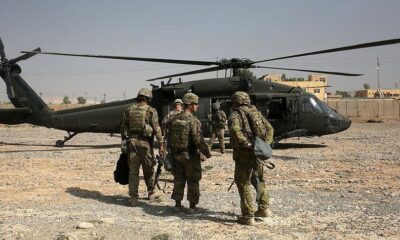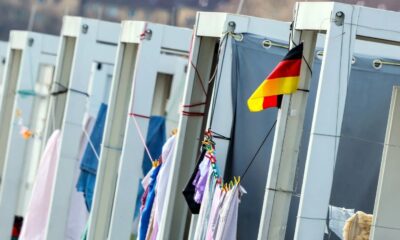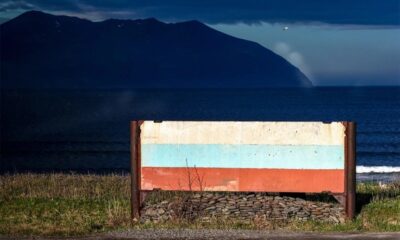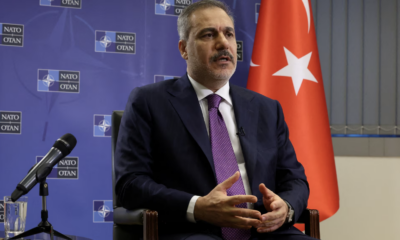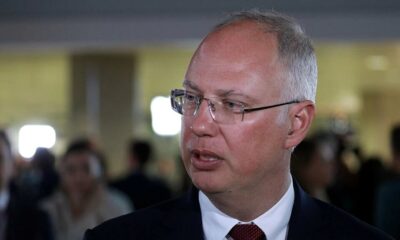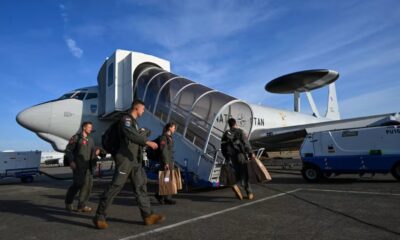DIPLOMACY
Russia open to Syria’s BRICS membership amid leadership shift
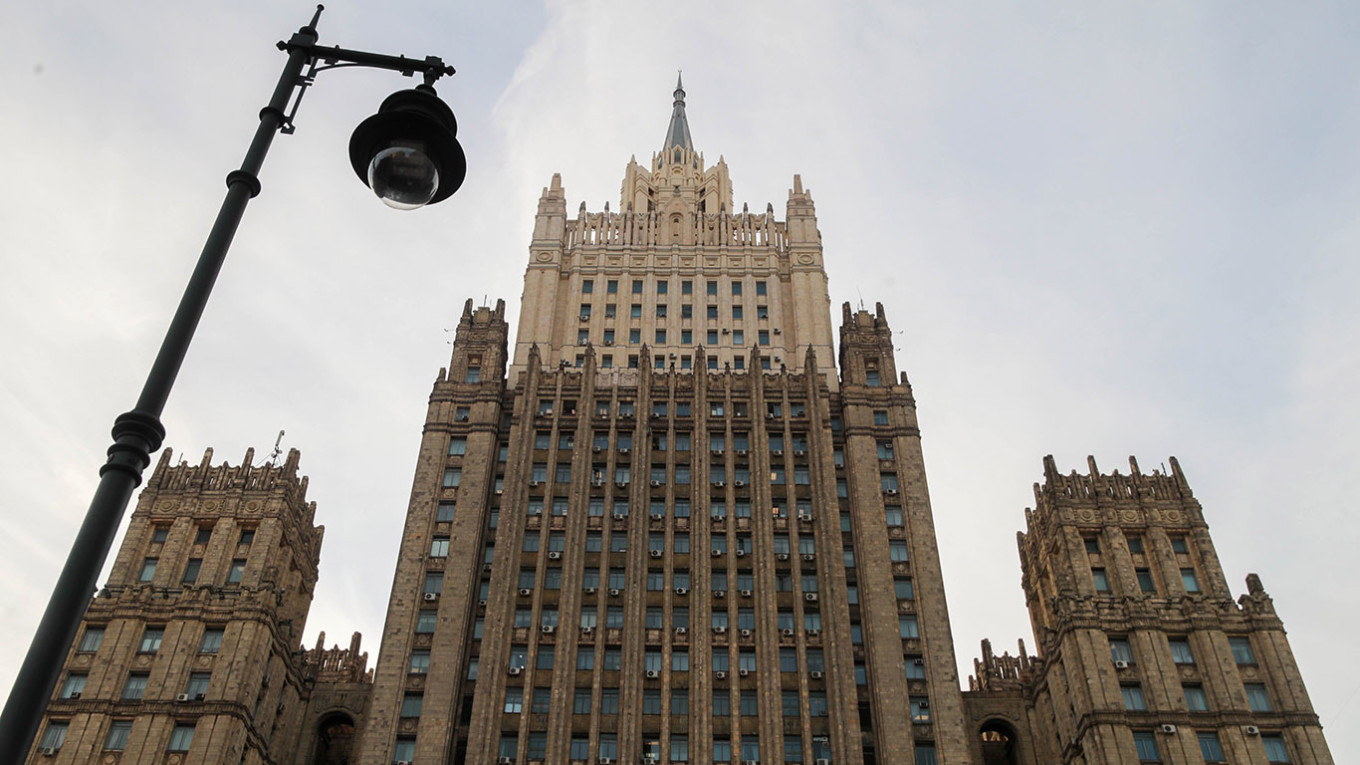
Russian Deputy Foreign Minister Sergei Ryabkov announced that if Syria’s new government applies to join BRICS, its request would be taken into serious consideration. Speaking to TASS news agency, Ryabkov stated, “There is no doubt that we seriously consider the applications of all countries, and Syria is no exception.” However, he emphasized that BRICS would not pressure or influence Syria’s decision, saying, “We are not forcing anyone, we are not encouraging anyone to do anything, and we respect any choice.”
In October, Syria’s ambassador to Moscow, Bashar Jaafari, revealed that Damascus was actively discussing the possibility of joining BRICS. Moscow has reaffirmed its support for Syria in this pursuit, highlighting the historic ties between the two nations. The BRICS bloc, originally founded in 2006 by Brazil, Russia, India, and China, expanded in 2011 with the inclusion of South Africa. In a significant wave of growth, Egypt, Ethiopia, Iran, and the United Arab Emirates became members as of January 1, 2024.
Recent developments suggest a strategic shift in Moscow’s approach to Syria. The Kremlin has begun direct negotiations with Hayat Tahrir al-Sham (HTS), a key political and military entity in the region, to safeguard Russian military interests in the Middle East. Russian Deputy Foreign Minister Mikhail Bogdanov confirmed contact with HTS’s political committee. Meanwhile, HTS leader Abu Mohammed al-Julani, now identifying as Ahmed Sharaa, expressed openness to redefining relations with Russia, noting the opportunity to “reconsider relations in a way that serves common interests.”
Simultaneously, the Syrian Embassy in Moscow raised the flag of the new administration, signaling readiness to follow directives from the country’s new leadership. This marks a notable pivot in the geopolitical alignment between Russia and Syria.
Former diplomat Nikolai Sokov, a senior fellow at the Vienna Centre for Disarmament and Non-Proliferation, highlighted Russia’s pragmatic approach. In an interview with The Guardian, he remarked, “Moscow prefers to work with those who have power and control and discards those who lose it.”
Dara Massicot, an analyst at the Carnegie Centre for Russian and Eurasian Studies in Berlin, noted that while Russia could extend financial, energy, or resource-based support to the new Syrian government, the coalition’s specific demands remain uncertain.
DIPLOMACY
Trump’s tariffs boost interest in German, Japanese bonds
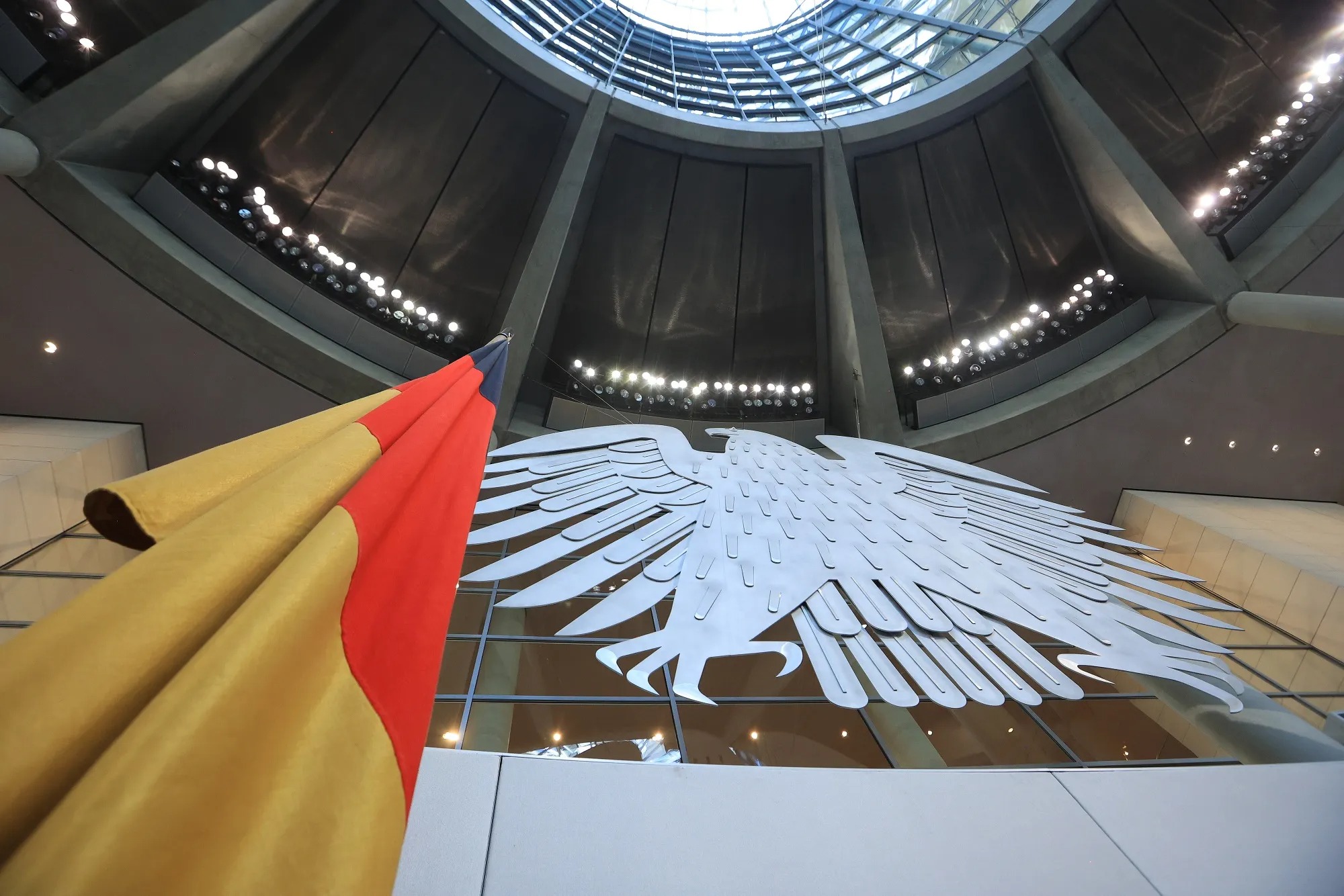
With investors seeking safe havens for investment for the first time in years, US Treasury bonds face serious competition from global funds.
The yields on benchmark 10-year Treasury bonds had fallen by approximately 40 basis points this year. With US President Donald Trump’s barrage of tariffs, which are thought to increase the risk of recession, they briefly fell below 4% on Monday.
According to Bloomberg, similar rates have risen in both Europe and Japan. In Germany, the 10-year bond rose to 2.61%, reflecting expectations that bond issuance will increase as the government increases defense spending.
Meanwhile, the rate on 10-year Japanese bonds has also risen after years around zero, and is currently around 1.25% as investors prepare for tighter monetary policy.
While both are still well below US bond yields, they are at levels that make them appear more attractive than Treasury bonds for European and Japanese investors who are protected from dollar risk when buying US securities.
This may convince investors to shift to their own markets, where the policy outlook is more stable.
“The idea that the administration’s various policies could undermine foreign demand for Treasury bonds is gaining traction,” said Matthew Raskin, head of US interest rates research at Deutsche Bank.
Deutsche Bank also warned of a “confidence crisis” in the dollar, while UBS Group believes the euro would get a “shot in the arm” in its status as a global reserve currency.
On the other hand, some believe this change should be viewed with skepticism. The German government bond, Bund, looked similarly attractive in mid-2023, but an aggressive sell-off in Treasury bonds pushed 10-year US yields to 5%, eroding Europe’s yield advantage.
If tariffs revive inflation, this could push US yields higher again.
But according to Bloomberg, even the discussion of such a shift in flows shows that investors are preparing for Europe to play a bigger role in global markets as competition for capital intensifies.
This could lead to greater fragility in the US Treasury market, which has been under attack from buyers in recent years amid concerns that supply could increase.
One of the early tests will take place on Tuesday, when the US government sells $58 billion of three-year bonds, followed by the sale of 10- and 30-year bonds later this week.
Traditionally, the US budget deficit has been financed in part by a wave of capital flowing into Treasury bonds from around the world.
According to Barclays’ analysis of fund flow data, foreign ownership of US Treasury bonds accounts for about a third of the market, and the foreign sector was the largest source of US bond demand last year.
This reflected net purchases of $910 billion, about half of which were in Treasury bonds.
According to US government data, the vast majority of foreign Treasury assets are in longer maturities. Ales Koutny, international interest rates manager at Vanguard, said this means that as foreign demand decreases, it could steepen the US yield curve, meaning long-term rates will rise relative to short-term rates.
An early indication of how investors are navigating global yield shifts may emerge in a few days. The new fiscal year has just begun in Japan, and this is a period when companies there typically review their allocation strategies.
Japan is a key player in global bond markets due to the Bank of Japan’s decades-long ultra-low interest rate policy, which has pushed investors to seek yield.
Germany initiated the change in early March, announcing plans to allocate hundreds of billions of euros for defense and infrastructure. Bund yields rose as investors priced in bond issuance to cover the spending.
The European Union’s large pool of savings surplus means it is the largest foreign holder of US public debt, while also playing a large role in US corporate finance.
If European countries meaningfully increase their investments, these savings could be kept at home.
DIPLOMACY
Japan seeks peace treaty with Russia despite territorial dispute
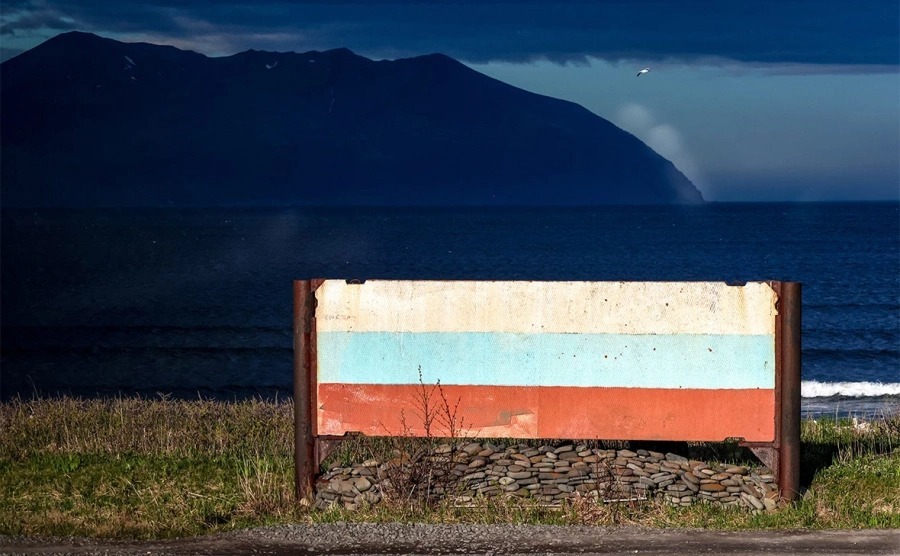
The Japanese Foreign Ministry, in its annual Blue Book report outlining key diplomatic trends, has declared its intention to continue negotiations with Russia to sign a peace treaty and resolve the issue of the “northern territories” (Tokyo’s term for the Southern Kurils), despite the challenging relationship.
These islands include Kunashir, Shikotan, Iturup, and the Habomai archipelago.
The ministry once again described these territories as “illegally occupied” and stated that the Kuril Islands issue is the greatest concern in Japan-Russia relations.
Japan and the Soviet Union, of which the Russian Federation is the successor, have not signed a peace treaty following World War II due to the territorial dispute over the Southern Kurils.
In 2022, Russia refused to continue negotiations on this matter after Japan imposed sanctions following the start of the military intervention in Ukraine.
Moscow also withdrew from dialogue on developing joint economic activities in the Southern Kurils.
The report also emphasized that the Japanese government is pursuing a policy of gradually reducing its dependence on Russian energy resources, including oil and coal, while acting to minimize the negative impact on public life and business.
At the same time, the report stated that Japan intends to maintain its participation in the Sakhalin-1 and Sakhalin-2 projects.
The document stated, “The Sakhalin-1 and Sakhalin-2 oil and gas development projects are important for Japan’s energy security in terms of ensuring a stable supply in the medium and long term, and we intend to maintain our participation in them.”
In the previous version of the Blue Book, the Japanese Foreign Ministry also declared its intention to maintain its participation in the Sakhalin-1 and Sakhalin-2 projects.
In the Sakhalin-1 project, where Sokol-grade oil is produced, the Japanese consortium Sodeco (whose main shareholder is the Japanese government, and its members are private companies such as Japex, Itochu, Marubeni, Inpex) has a 30% stake.
The American company ExxonMobil also had the same stake but announced its withdrawal from the project in 2022.
The new managing operator of Sakhalin-1 became Sakhalinmorneftegaz-Shelf, a subsidiary of Rosneft (which previously had an 11.5% stake).
All assets of the consortium running the Sakhalin-1 project were transferred to Russian ownership.
Additionally, ONGC Videsh Ltd (India’s state oil company) has a 20% stake in Sakhalin-1, and RN-Astra (a subsidiary of Rosneft) has an 8.5% stake.
Although Japan does not import fuel under the project, Tokyo considers Sakhalin-1 important for ensuring supply diversity and stability.
The then-Japanese Minister of Economy, Trade and Industry, Yasutoshi Nishimura, touched on this issue in a statement in the fall of 2022.
Nishimura noted that Japan is 95% dependent on the Middle East for its oil supply.
Japan is one of the world’s largest importers of liquefied natural gas (LNG), sourcing approximately 9% of its total LNG volume purchased from Sakhalin-2.
Japanese companies Mitsui and Mitsubishi hold 12.5% and 10% stakes in Sakhalin-2, respectively, and confirmed their participation in the project in the fall of 2022.
DIPLOMACY
US-Iran talks to begin in Oman on April 12
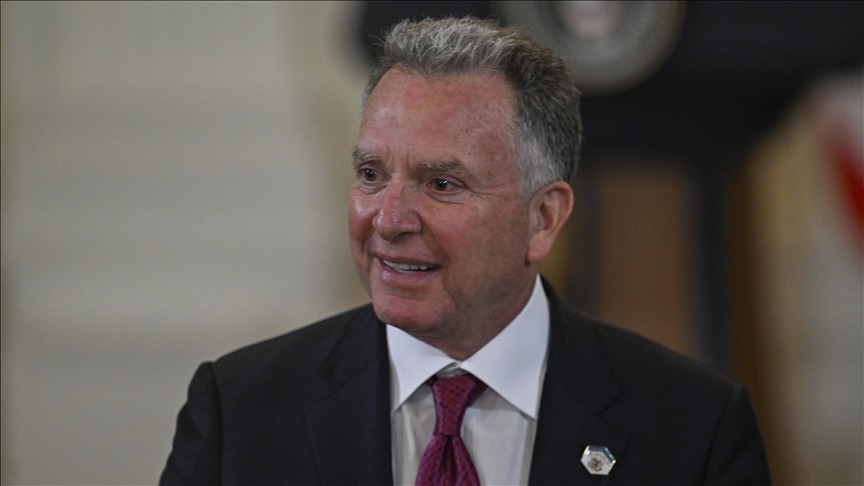
Negotiations between the US and Iran, the first contact since US President Donald Trump’s return to office, will begin in Oman on April 12. While the Iranian side describes these talks as “indirect,” Trump suggests the talks will take place in a direct diplomacy format. Although different expressions are used between the parties on this matter, there is a common understanding that the talks will be high-level.
Trump said in a statement after hosting Israeli Prime Minister Benjamin Netanyahu at the White House last night, “We are talking directly to Iran. Perhaps a deal will be made that will be wonderful. This would be really great for Iran. We will meet at the highest level on Saturday.”
Just hours after this statement, Iranian Foreign Minister Abbas Araqchi confirmed the talks in a post on his social media account, but explained the format differently: “Iran and the US will meet for high-level indirect talks in Oman on Saturday. This is as much an opportunity as it is a test. The ball is now in the US’s court.”
Araqchi, Witkoff to chair the talks
According to information in the Iranian press, Foreign Minister Abbas Araqchi will head the Iranian delegation in the negotiations, while US Special Representative for the Middle East Steve Witkoff will head the US delegation. No official statement has yet been made regarding how many days the talks will last.
According to sources speaking to Amwaj Media, Iranian officials continue to state that the negotiations will be indirect. However, some political circles also state that the possibility of direct contact is not completely ruled out, depending on developments in Oman.
Is there a chance of success for the negotiations?
According to Trita Parsi, Vice President of the Washington-based Quincy Institute, Trump’s negotiation goal will determine the course of this process. According to Parsi, if the US side aims to completely eliminate Iran’s nuclear program with the “Libya model,” this diplomatic initiative may end before it begins. However, if Trump only aims for an audit mechanism that will prevent Iran from developing nuclear weapons, the talks have a chance of success.
-
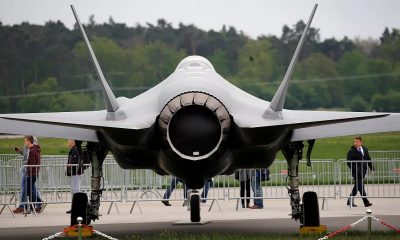
 EUROPE2 weeks ago
EUROPE2 weeks agoF-35 debate intensifies across Germany and Europe
-

 ASIA2 weeks ago
ASIA2 weeks agoBeijing’s energy rules threaten Nvidia H20 chip sales in China
-
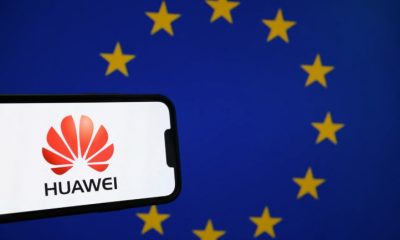
 EUROPE2 weeks ago
EUROPE2 weeks agoHuawei lobbying investigation leads to searches at EP offices in Strasbourg
-
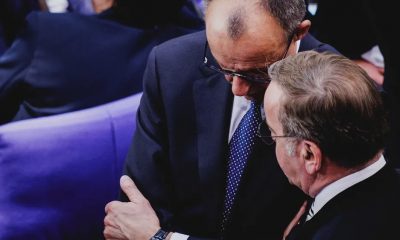
 EUROPE2 weeks ago
EUROPE2 weeks agoLeaked draft reveals German coalition disagreements on key policies
-
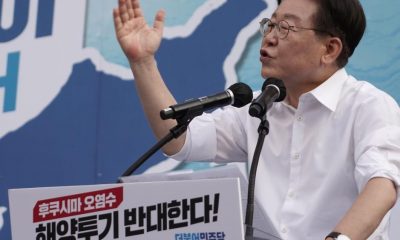
 ASIA2 weeks ago
ASIA2 weeks agoSouth Korean opposition leader Lee Jae-myung acquitted in election law case
-
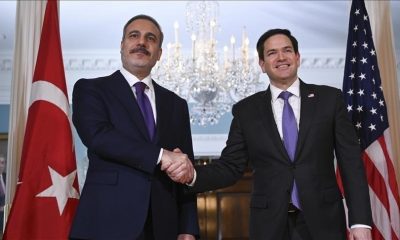
 DIPLOMACY2 weeks ago
DIPLOMACY2 weeks agoFidan and Rubio discuss Syria, Gaza, and defense in US meeting
-
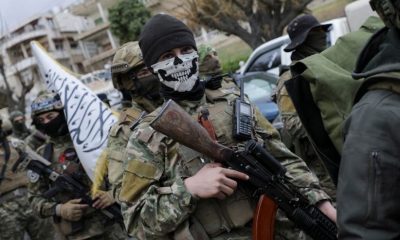
 MIDDLE EAST2 weeks ago
MIDDLE EAST2 weeks agoUS presents conditions to HTS for potential sanctions relief
-

 AMERICA2 weeks ago
AMERICA2 weeks agoSecret CIA files suggest the Ark of the Covenant was found


